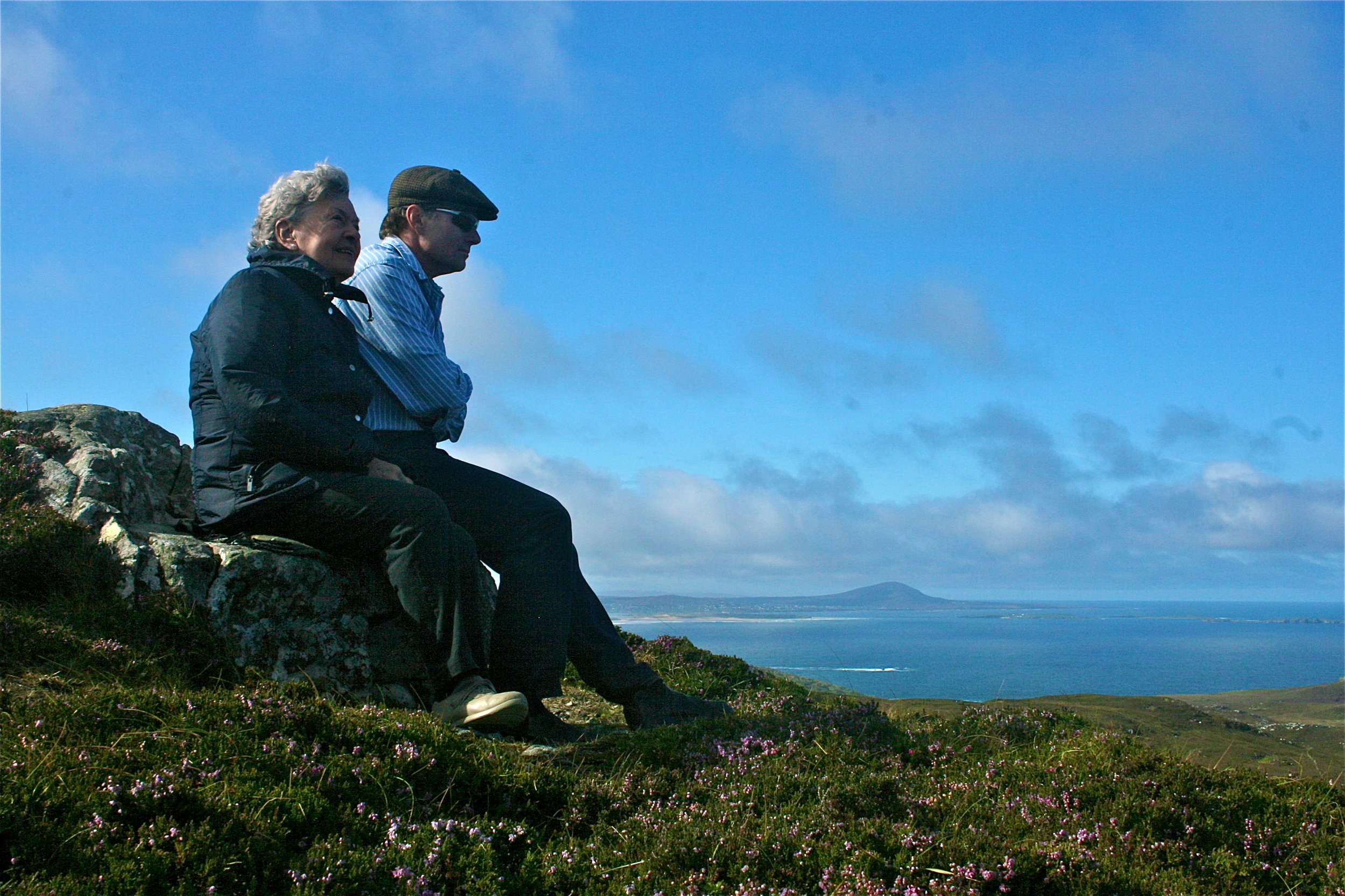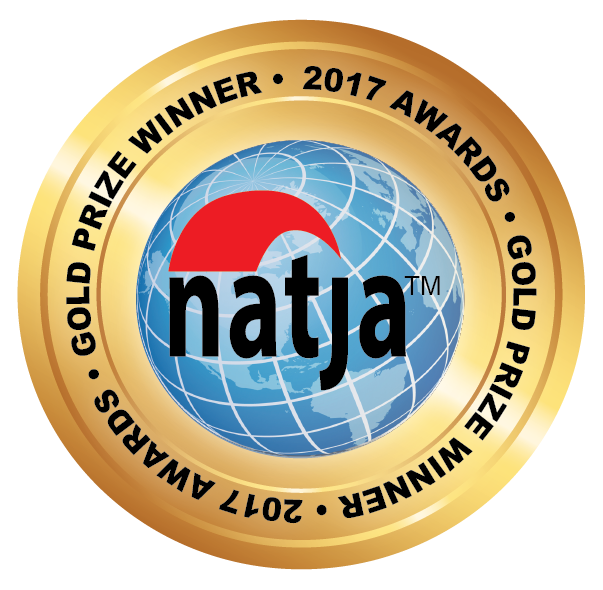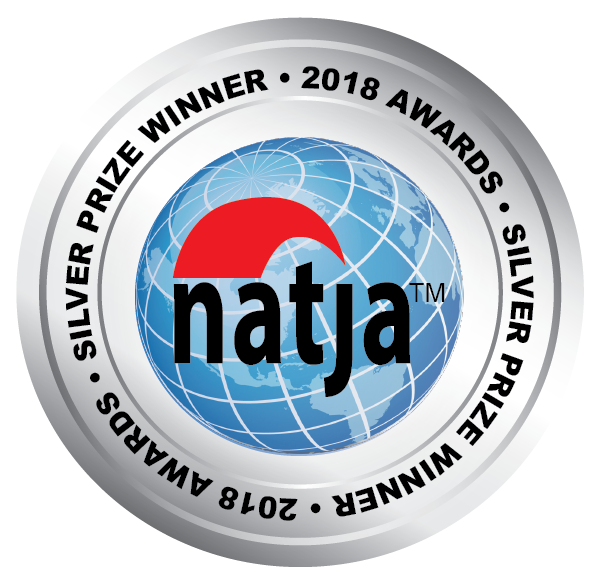My 85-year-old mother’s slumbering inhalations sound like a slow, breathy metronome. In the next seat, my son Mack looks on in genuine, 11-year-old wonder about ten inches from her open mouth. Despite the crush and chatter of passengers settling in for this flight to Dublin, Mom has fallen deeply, blissfully asleep just minutes since our boarding.
My husband Tim exhales with exasperation, standing with bag in hand and peering into the already packed overhead bin. I know the feeling, but not about carry-on.
There is no sugar coating this. Transporting five people with birthdates spanning seven decades across the Atlantic, then squeezing them into a mid-sized Renault hatchback to drive 650 kilometres of remote northern Irish coastline on some ancestry scavenger hunt—well, it’s one big, messy ordeal. Still, if there’s such a thing as shared genetic memory, the idea of our three generations summoning it together just seemed important. And with every sip of my un-chilled airline chardonnay, I’m feeling more hopeful it is.
We find the emerald pastures of great-great-grandfather’s farm an hour and a half northwest of Dublin, just “beyond the Pale” in medieval Irish terms, near the rural market town of Cootehill in County Cavan, Ulster. Our road trip begins here, back home, in a sense. Next, we’re bound for northerly shorelines of this olden province, composed of Northern Ireland plus three counties of the Irish Republic. It’s a region at times riven by religion, but forever fused by deep roots in ancient tribal Ireland.
Standing at the farm gate, I picture William Senior and his wife Frances, my great-great grandparents, setting off with their young family, bound for timber reaches in far-off Upper Canada, ten years before the start of the Irish potato famine in 1845. And somehow, I knew coming here would feel this way, as if we are their emissaries, making the return journey that they knew they never would.
With their 85-year-old grandmother, Mack and his older brother James, age 18, pick small cut stones from the ruins of a well, the last vestige of our Beatty homestead. Mom is humming “Irish Eyes” as the three huddle from a steady drizzle under her red drugstore umbrella. We clutch the stones, warming them in our hands, as if they’ll divulge the sense of our ancestors that we’ve travelled so far to know. What steeled their resolve to leave? What here made them who they were, who we are? The answers, we hope, are on the road ahead.
From Cavan, we head west then north, soaking in the primal vibe of the Donegal coast. At Slieve League, we brace against 55-mile-an-hour gusts to glimpse some of Europe’s highest ocean cliffs, dropping nearly 2,000 feet to an angry sea. Our route winds through a wild, deserted mountain bog to the top of Glengesh Pass—breathtaking and bleak. The road hairpins out of sight. I’ve completely misjudged our travel time to the village of Dunfanaghy. As the skies blacken, the heavens open, and mother hums “Stormy Weather.” With 30 miles left, all the road signs turn Gaelic. Clearly, this long day isn’t over.
At Dunfanaghy, a rising tide fills the wide shallow harbor just outside Arnold’s Hotel. Inside, Mack presses for another family story before bed. He’s our lore guy, for years collecting tads of our history the way a robin gathers twigs. Tonight, he wants more bits on our local connection to a long lost relative—Sir Edward Wentworth Beatty.
In 1865, great-great-grandfather William invited his nephew, Sir Edward’s father, to join the family shipping and timber business that he’d built with his sons from nothing in Upper Canada. 20 years later, a legal donnybrook razed this family partnership. So deep was great-grandfather’s fury and sense of betrayal with Edward’s father, even my late father, born four decades and two generations later, burned old photos and court documents from the conflict. In effect, Sir Edward and his branch of our family tree ceased to exist until I glimpsed a newspaper story mentioning him a few years ago.
Edward must have been a hard guy to ignore in early 20th-century Toronto. In 1918, Sir Edward became the first Canadian-born president of the CPR, a global transportation empire. He built the Royal York. He Rebuilt the Banff Springs into a Canadian icon. He was Chancellor of McGill. He coordinated allied shipping in WWII. He started CP Air. Shipping and rail titans like him seemed to be the Zuckerbergs and Jobs of their time, connecting and shrinking the world with new technology. But most remarkable to me, he had the opportunity to do all this because of the courage and industry of great-great-grandfather, William, who began life as a humble Ulster farmer.
Mack mentions a photo we found of him—chuffed, stogie in hand, standing next to his buddy His Royal Highness, Prince Edward of Wales. In 1930, the heir to the British throne christened Sir Edward’s new Empress of Britain, the fastest and grandest transatlantic ocean liner of her day. Ten years later, she was struck by German U-boat torpedoes and sunk just miles from here, off Dunfanaghy’s shores.
With the storm still blustering outside, we vow to find a good lookout tomorrow—see what we can see.
By morning, everything has changed. The sun shines. The breeze is warm and gentle. We hike to Tramore Beach’s vast empty expanse. The boys race down its massive dunes, formed in the great storm of 1839. We ride big-boned Irish ponies across the Dunfanaghy tidal flats. And in one brilliant, no-granny-left-behind mission, James insists that he and his dad half-carry my mom up a steep, craggy path to the highest, most westerly lookout of Horn Head peninsula. As they reach the summit, I see in James’s eyes a satisfaction born out of wisdom far beyond his 18 years. His grandmother’s joy is palpable, infectious, as together we survey what feels like the northwest corner of the universe—just the Atlantic and bloomin’ heather as far as the eye can see.
The small car ferry from Greencastle, Inishowen, to Magilligan Point, Northern Ireland, takes less than 15 minutes but delivers us a world away. In its wake, we leave the forsaken allure of Donegal for the gentrified, verdant shores of Northern Ireland. We sip Irish whiskey at the world’s oldest distillery, Bushmills. We scale the curious mounds of hexagonal basalt at Giant’s Causeway. Still, our mission—to burrow inside the complicated sensibility of our Ulster ancestors—draws us further south to peer through the squared windows of an old Belfast black cab.
Our cabby guide Tom drives inland, away from the sparkling waterfront renaissance of Belfast’s new Titanic Quarter, and toward the Loyalist, predominantly Protestant, working-class neighborhood of Shankill Road. Brash murals flanking buildings commemorate leaders and other scenes of religious and political strife, known as “The Troubles,” here and in the republican, largely Catholic neighborhood nearby. Vibrant graffiti is splattered across the Peace Line, a massive Berlin-type wall, built as a temporary buffer between the two fractious neighborhoods in the 1960s. It was later fortified with corrugated metal and chain link that still hangs over backyards of adjacent homes.
This is not the war zone it was. Yet here the wall stands over four decades later. Gates between the two sides still close after dark and on Sundays. Surveillance helicopters still circle overhead, at least on this day. Tom says the wall still helps keep the peace, but also thwarts the grassroots dialogues that underpin deeper reconciliation. We find even in Belfast’s largest cemetery, dating back to the 1860s, sunken walls separating Protestants and Catholics above and below ground. To be sure, we Irish know how to carry a grudge.
All this illuminates the fey bits of my own Beatty DNA: a touch of genetic truculence I know well in myself. It is the darker, passionate Irish side that would wall off huge parts of our family history for almost four generations.
Those 400 miles now behind us, the five of us pour one last time out of that godforsaken hatchback. Our road trip has come full circle. Now back inside the “Pale” of Dublin, we ponder how best to kill seven hours before flying home.
Sleep? Huh. Hardly. Like any self-respecting Irish progeny, we go to the pub.
Mack tosses five euros in an open guitar case to seal the deal. The bandleader introduces his grandma Ruth. She’s surprised but doesn’t hesitate. She says she doesn’t know the worlds but it doesn’t stop her from squeezing up to the mic through a throng of Gaelic football fans. This old Temple Bar pub pulsates with blue-and-white-garbed revelers, their beloved “Dubs” having just captured the championship after a 16-year drought.
“If you dunno know the words, you cannou sing the song,” barks the banjo player as mum taps the mic for a sound check. He asks again, but this time louder, less patient.
She grins, points to her right hearing aid and says, “Just say the words here, dear”.
Eyes roll. A buzz kill seems imminent as the band proffers a familiar lead-in.
What follows is transcendent.
As she leans into her audience, lyrics flowing seamlessly in one ear and out her mouth, her classically trained voice sends this Celtic gem soaring. At the end, band members hug her, a large Texan behind us weeps, and locals line up to shake her hand. “Imagine what she could do if she knew the feckin’ words!” shouts the banjo guy over deafening applause.
Later, in that quiet descent to slumber, I replay this moment. Yes, her voice, but more her pluck, her fearless embrace of the moment.
It is a most apt denouement to a journey that has been, in many ways, all about pluck. And in questing to know better that of those long gone, I think I’m most grateful to know better the best in us all here and now.













